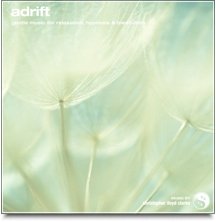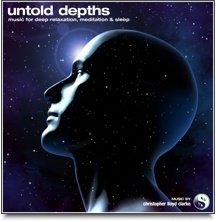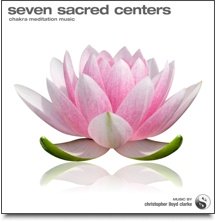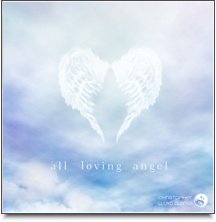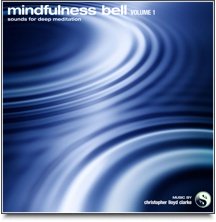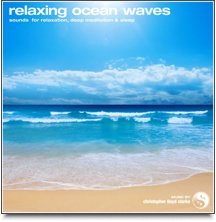For Lovers of Meditation
The Benefits of White Noise
Come and explore the benefits of white noise and discover how white noise can help you relax, meditate deeply and sleep more soundly too.
White noise is an incredibly effective sound-source for encouraging deeply relaxed states of consciousness and it has a number of therapeutic benefits, for example:
It encourages deep sleep and can help to cure insomnia.
It can be used to enhance meditation (especially when combined with binaural beats).
It can be used to help reduce tinnitus (ringing in the ears).
For restless babies, especially crying babies with colic, white noise is often used as a sleep aid.
A Swedish study in 2007 even found that white noise helped children with ADHD to concentrate and pay better attention while learning.
As you can see, the benefits of white noise are many and varied, but all of them relate to improving mental clarity, and enhancing relaxation.
What exactly is white noise?
Just as white light is the aggregation of all visible light frequencies, white noise is the sound that is produced when all possible sound frequencies are played at once. It is a pitch-less drone sound.
In its raw synthesized form white noise isn’t particularly nice to listen to, especially at loud volumes.
That hissing sound on your TV when it’s not tuned in properly – that’s raw white noise.
Fortunately, there are plenty of other types of white noise that are far more enjoyable to listen to. The soothing sound of ocean waves is just one example of this type of sound.
But natural white noise sounds aren't the only type of white noise that we can utilize. Synthesized white noise can be "sculpted" and then combined with music to create sounds that are deeply hypnotic and profoundly relaxing.
Constellation is a great example of this type of music.
What I love about white noise sounds is that they absorb your attention but without stimulating a strong emotional response.
In this way, the soothing sound of white noise can help to sweep away mental clutter and leave you with a nice, quiet mind.
This idea of absorbing the attention of the listener, but without overstimulating them, is one of the most important principles that I observe when I am creating music for meditation – even more so when I’m creating music for hypnotherapists. White noise is one of my favourite tools for achieving this.
In fact, when I myself practice formal meditation, it is almost always with the use of some type of white noise audio. I’m a huge fan of using white noise for meditation, and I’m hoping that once you have experienced some of the white noise audio productions on this website that you will have a similar appreciation of it too.
This article is copyright protected, however you may republish it online or in print media provided that that you include the following credit, including the active link:
Article source www.The-Guided-Meditation-Site.com.
